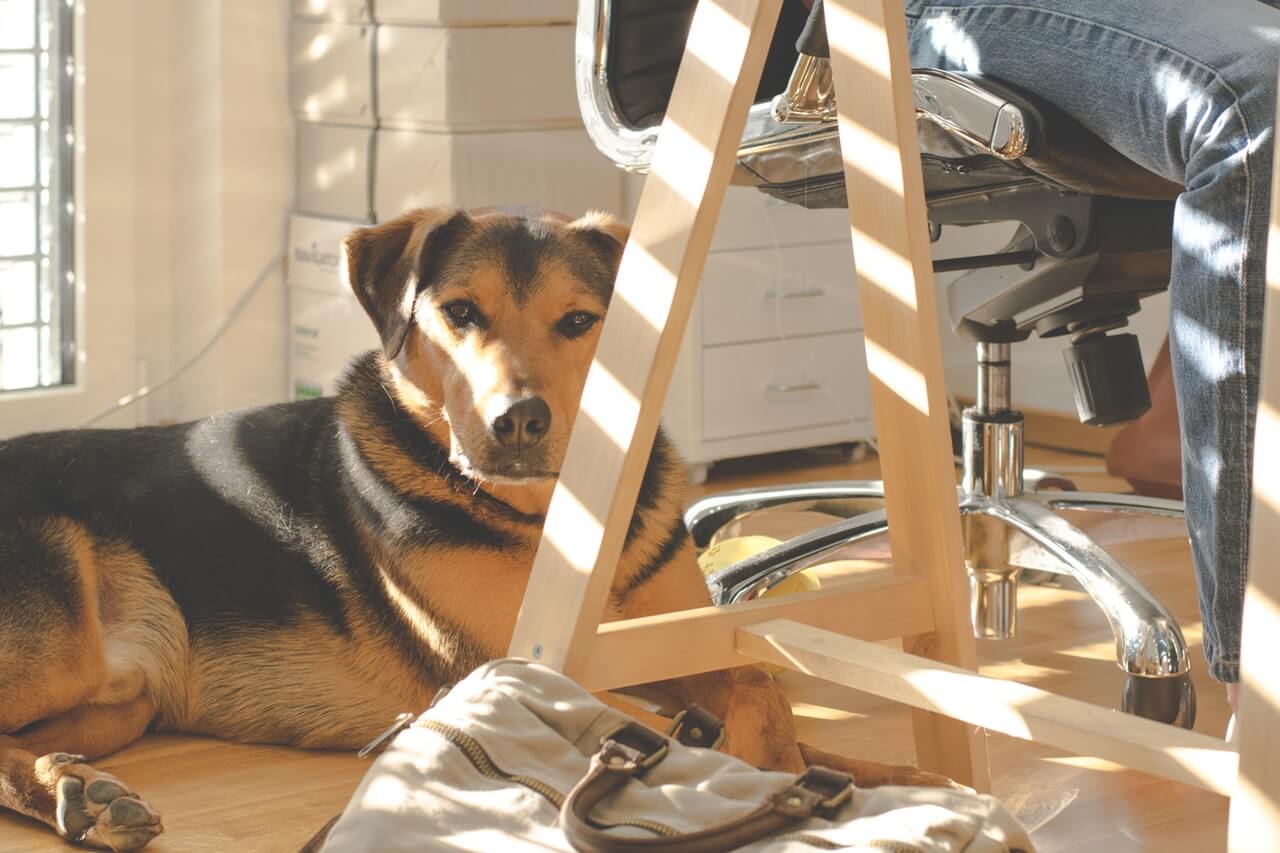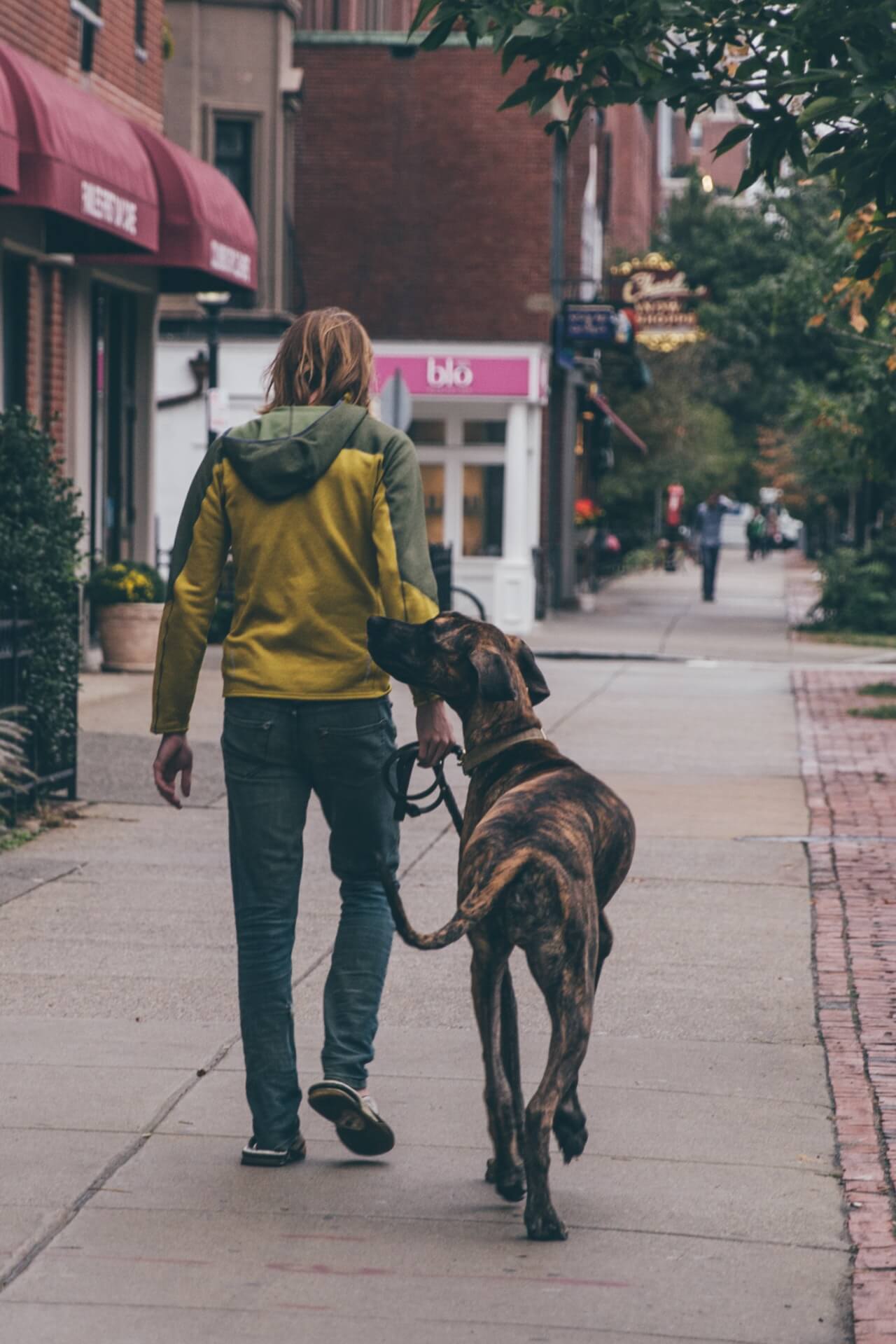2019-07-01

Dogs have always be known for their loyalty and friendliness. They are not only excellent work partners but also invaluable family members. Their unparalleled love and affection for the owners is the key to creating great pet ownership. Another important feature of canines, namely the ability to be trained, reinforces this relationship and is gradually becoming a special field—disciplining dogs to support and assist someone who has a mobile disability.
The canine companion will assist the handler with daily tasks to improve his emotional state. In addition, those with a mobile disability often require additional support from other people, as it is not completely safe to leave them on their own. A canine partner will solve this problem because he/she will accompany you on every step, whether at home or in public.
What is a mobility assistance dog? Are they specialized service animals?
You might notice that some dogs can closely accompany their human partner who is sitting in a wheelchair or walking in a harness in public places next to him/her. They are probably not normal household pets but special service dogs, namely mobility assistance dogs.
A qualified mobility assistance dog is completely trained to perform tasks for a handler who has a disability. These service dogs help the person with tasks that they can not handle alone, which greatly reduces their dependence on other people.
As the help of mobility assistance dog can directly reduce or mitigate the effects of people’s disability and improve their quality of life, the dogs are legally defined as “service animals”. This means that mobility assistance dogs possess all of the rights of service dogs, including access to public areas that are prohibited to other dogs (e.g. Walmart). Usually, the medical condition which prohibits you from living independently gives you access to workplaces and public areas with an assistance dog.
Who benefits from mobility assistance dogs?
Service dogs are available to people who cannot perform daily tasks because they experience debilitating pain, physical impairment or disability. Those sufferers need extra provisions to balance, stand, remain stable, move around, interact with other people, and monitor medical warning. A partnership with a mobility assistance dog can be beneficial to many groups with disabilities, from children to seniors, such as:
• Cerebral palsy
• Migraines
• Fibromyalgia
• Spinal injuries
• Cardiac disorders
• Metabolic disorders
• Traumatic brain injuries
• Walking (Gait) difficulties
• Impaired balance
• Multiple sclerosis
• Muscular dystrophy
• Vertigo

How do mobile assistance dogs help their handler?
The benefits of mobility assistance dogs vary from everyday life to special occasions. Canine partners are trained to complete daily movements of the handler (e.g. closing the door), to assist with all forms of public transport (e.g. airplanes and buses) and to provide emergency medical assistance (e.g. holding the hander in case of falling on hard surfaces). The service dogs need to perform the tasks which require complex responses with meticulous attention and with a high level of precision and accuracy. A few examples of how a person may benefit from the partnership with a mobile assistance dog are the following:
• They have to learn about how to respond to their handler’s disability and how to deal with a medical emergency at home, in frequently visited places, and in unfamiliar environments. If service dogs do not act immediately, the condition of the handler may deteriorate, resulting in unconsciousness or even death.
• Turn the lights on or off, open or close doors, drawers, and closets
• Press elevator buttons, doorbells or automatic door openers
• Carry bags, first-aid kit, keys, and so on.
• Move their handler, who has fallen and/or cannot breathe, to a safe and stable position
• Lie across the handler to evaluate his blood pressure/sugar changes
• Pick up a dropped object on the floor or give the handler medical equipment
• Support or help recover the injured or unsteady handler back in the wheelchair or on a safe surface
• Get the regular medicine or emergency medicine stored in the drawer or fridge
• Bark at bystanders or strangers in an emergency and lead someone back to their unconscious handler
• Wake up another resident or worker and bring him to his handler
• Call an emergency medical team on a special phone if the handler becomes unconscious when the emergency equipment has triggered an alarm.
• Cover the handler with a blanket if his temperature drops drastically
• Tug or pull to remove coats from someone whose temperature is rising rapidly, then place cold packs around his body.